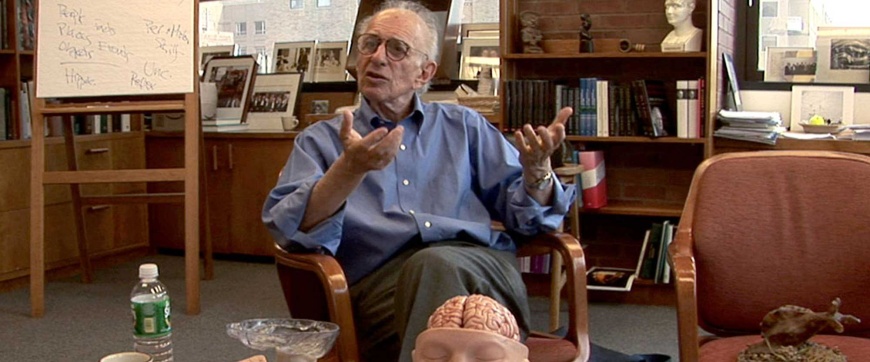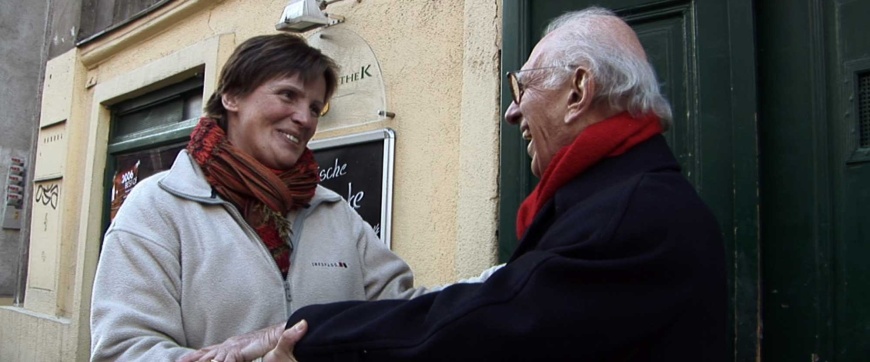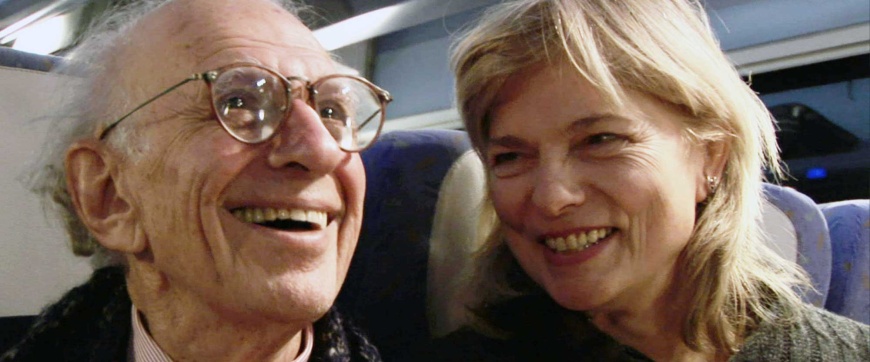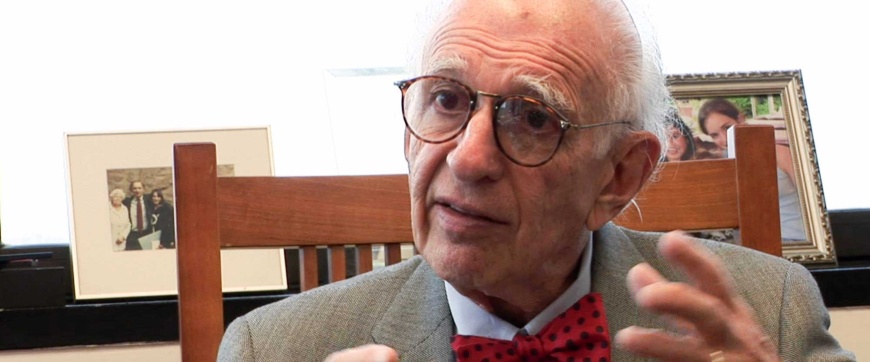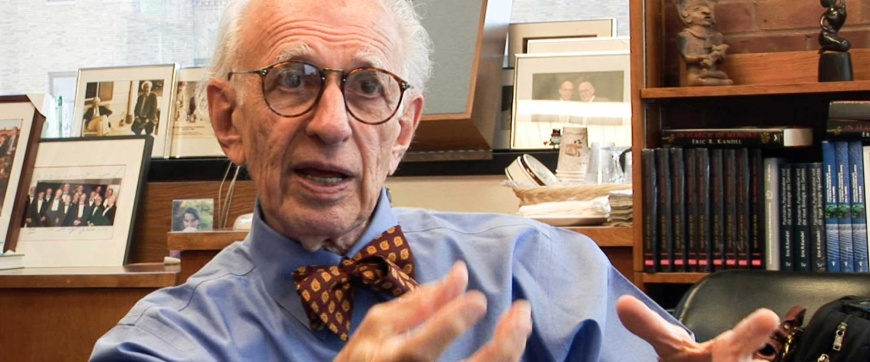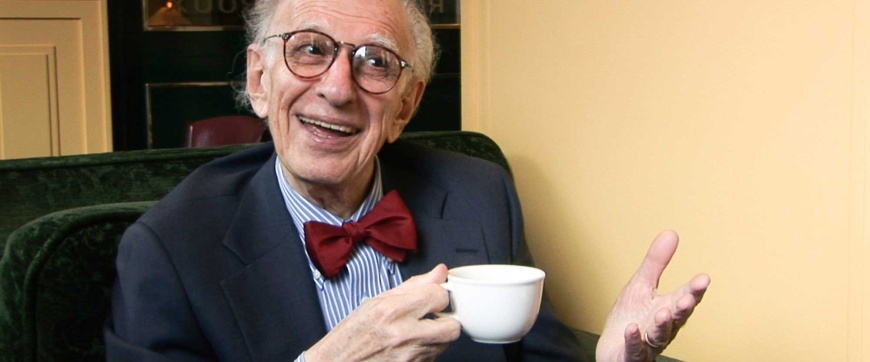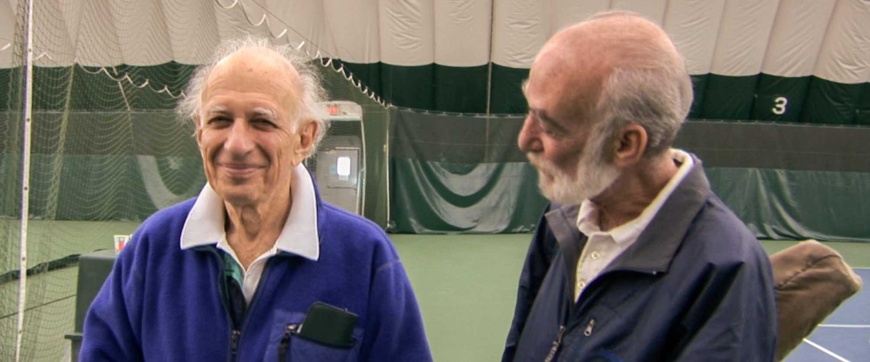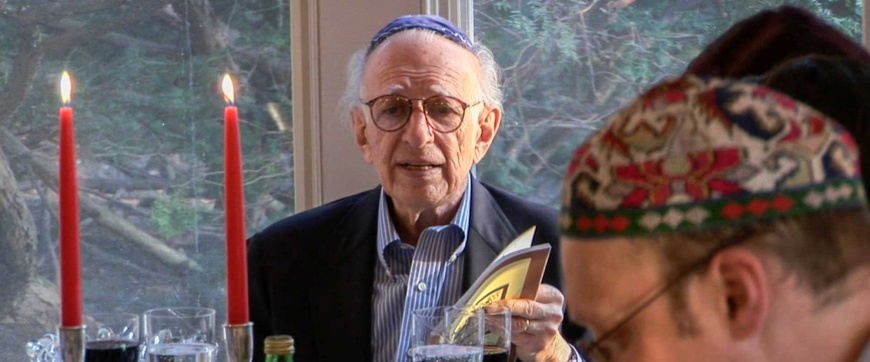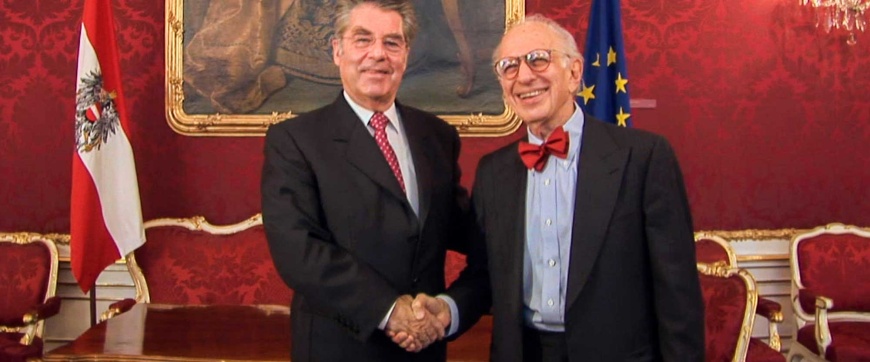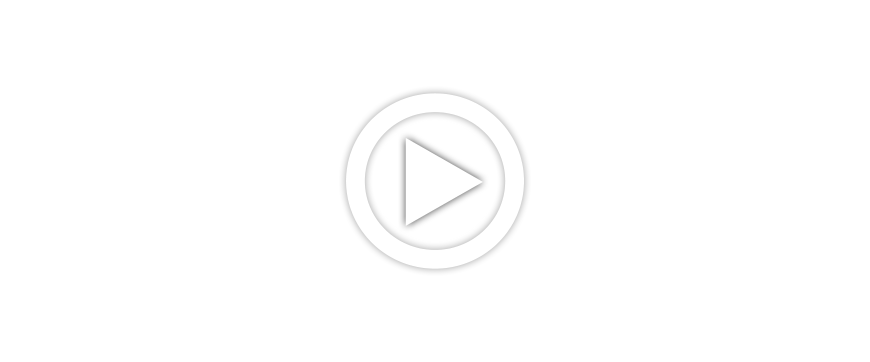Director's Commentary
»"In Search of Memory" is a portrait of Eric Kandel – the man and the brain researcher. It is neither a confrontational film nor an essay film about brain research, but an empathic film that accompanies its protagonist emotionally.
Eric Kandel is all about basic research. So the film does not deal with brain research in general, but with his field, memory research. Eric Kandel not only stands for brain research; he also stands for the unification of brain research, psychology and psychoanalysis.
About the Working Method
Eric Kandel says in the film that making the film was like psychoanalysis for him. That was actually our working principle: I accompanied Eric Kandel, the memory researcher, in his process of remembering. I did not determine the process – that can also be directing! – but worked with what he wanted to show me.
In this film, the viewer becomes a witness to the memory process. He doesn't see a production. He experiences all this. That's also the reason why Eric Kandel has such a direct effect on the audience. They feel his emotions. Of course, that wasn't always so easy when you make a film with all the technical equipment 'on the side', as it were. But I tried to protect Eric Kandel from that. Sometimes we even worked really associatively. We were driving somewhere in the taxi and suddenly he said: "I want to show you the art that I like. Let's go quickly to the Belvedere Museum!" You can film a "Klimt" in a museum without a permit...
It really was so that the focus was not, as is often the case, on making the film, but on what happened in front of the camera. For me as a director, it was a tightrope walk. That's why we shot in English and not in German. I always let him speak in the language he wanted to tell me something in. Of course that says something when he says certain things in German. I didn't want to take away the sovereignty he has in English. In this context, for me German was also the language of the perpetrators.
This working method was based on a tacit agreement between Eric Kandel and myself. I would never have made him, who was made an object in fascism, the object of a film again. We made the film as a team. He always said "We are a team: We make it with your brain and my looks!" He could always remain a self-determined subject in the process of making the film. Otherwise a man like Eric Kandel would never have opened up like that, especially to a German.
For me, documentary film is determined by the relationship that one enters into as a director with the protagonist. This film is a reflection of that. Eric Kandel and I had a very intense relationship from the very first moment and had great sympathy for each other. Almost immediately, when we met by chance, we decided to make a film together, although we didn't know each other, except from hearsay.
About the Science in the Film
Eric Kandel naturally expected me to talk about science at eye level with him and his colleagues in the laboratory. He would not have left the presentation of his life's work to someone who did not understand his work. So I really did study, right up until the time of the big shoot in the lab, because I kept forgetting the details. But then Eric had to postpone the shoot for a few weeks and I was there with all my knowledge for the interviews and the shoot in the lab... and then I had to spend weeks learning that again for the next shoot. And that's what Kandel's science teaches, that you can only learn through repetition, by building a long-term memory... because of the protein CREP? Or what was it again?
At the end of the shooting I had twelve hours of pure scientific material on the editing table. That had to be structured. After four months of editing, Eric Kandel saw the film, in which in about 35 minutes the most important basics of his science are roughly explained. For me it could have gone terribly wrong with hindsight. The editor and I struggled a lot to get it right. Sometimes I was afraid that if Eric saw this for the first time he would stand up and say that it had absolutely nothing to do with what he had been researching for 50 years. Luckily he reacted differently and said that all the essential elements of his research were there and he was very much in agreement.
The Message
For me it is also a film about healing. This is, so to speak, the subtext of Kandel's life's journey: someone who has experienced suffering moves out, is driven out, confronts what has happened and works precisely with this pain, with the trauma, and creates something new from it, transforms it into tremendous strength and even finds recognition for it. At the end of the film, the political representative of the country that expelled him welcomes him back. A circle closes. This is also healing.
The film has an extremely positive message, it's 'anti-depressive' in its statement, so to speak. The core message of Kandel's science is that our brain is malleable, that it changes. This contradicts our conventional view that the brain remains as it is. Some people are born with more brain, others with less. Kandel shows that the brain changes depending on the experiences we make. It grows! New synapses grow and form new connections. New experiences can replace old, traumatic experiences. This was a hopeful message for me and I think it fits into our time, in which many changes will and must come.
Petra Seeger
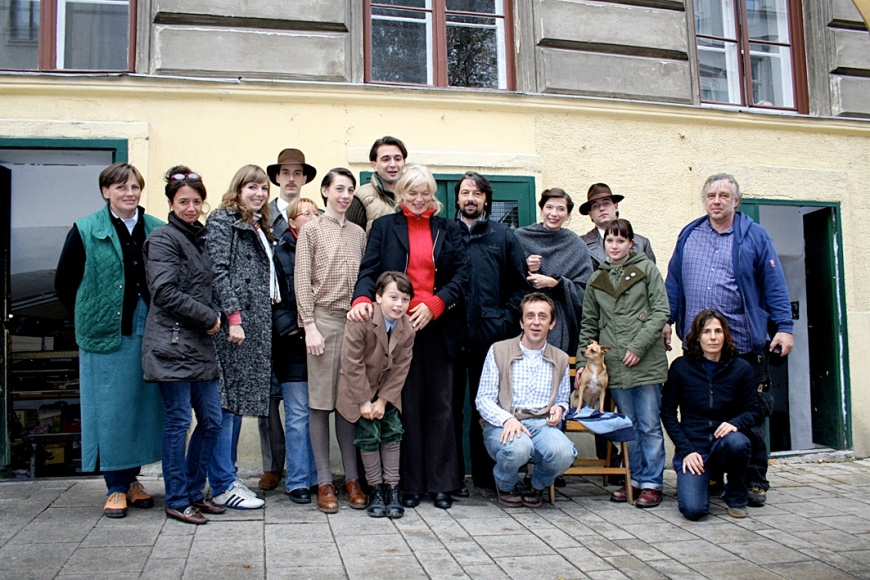 Petra Seeger and the film crew in Vienna
Petra Seeger and the film crew in Vienna


